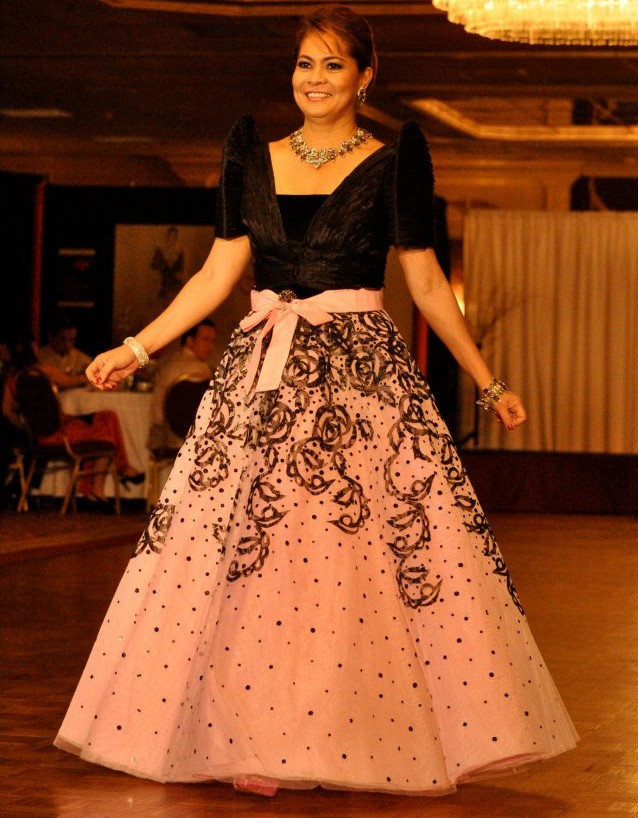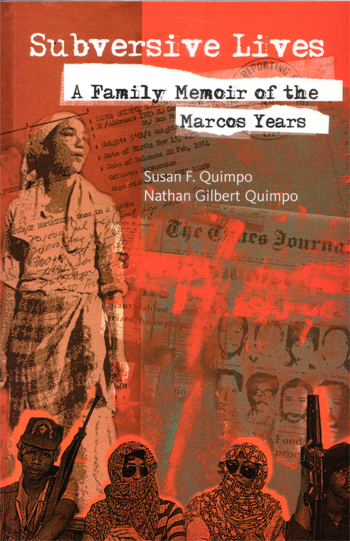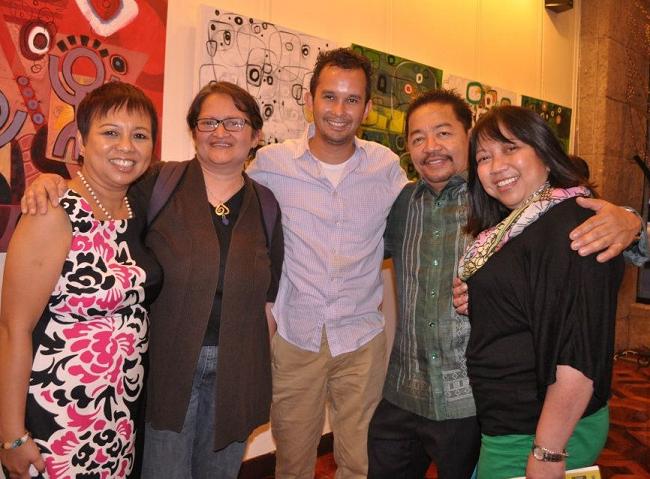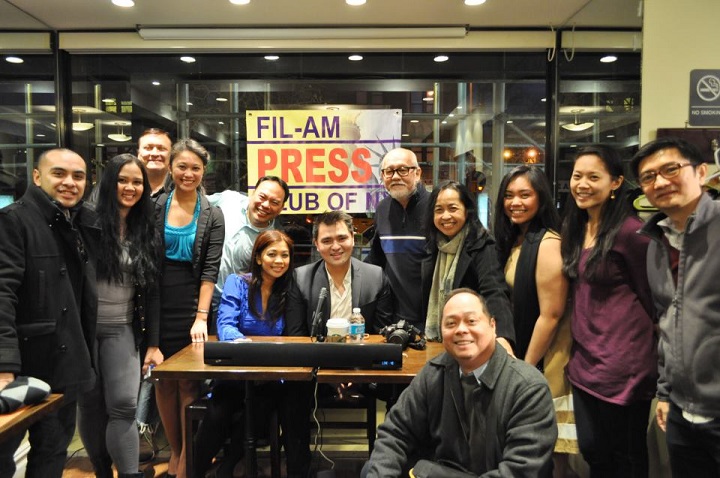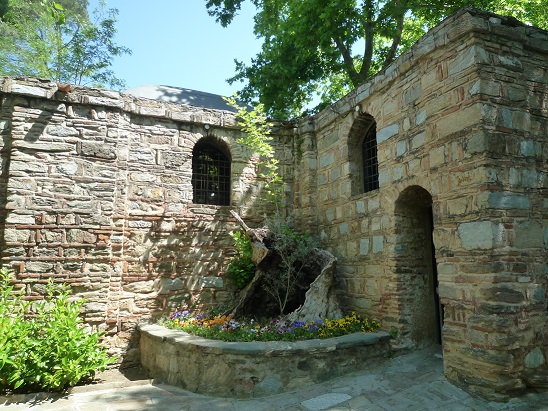Jan Andrada revisits the Battle of Sibuyan Sea
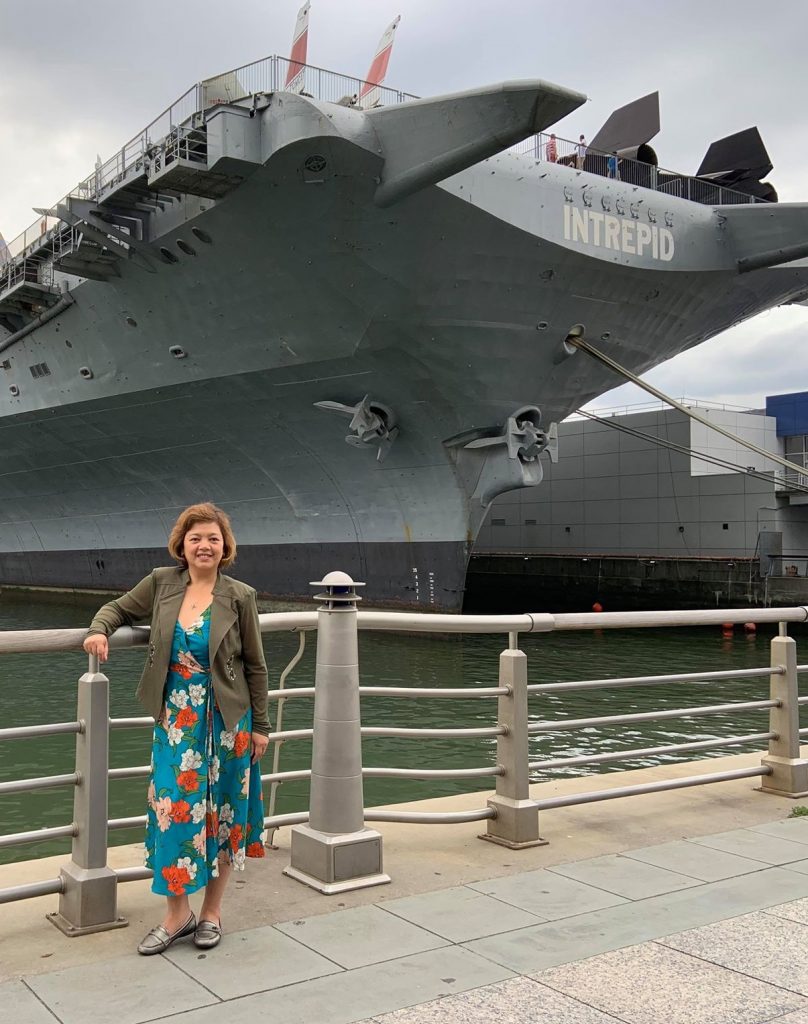
By Maricar CP Hampton
When we speak of the Philippines’ role in World War II history, one of the things that comes to mind is the Battle of Leyte Gulf. However, recent reports indicate there may be some “forgotten parts of history” that need to be revisited and retold.
The Battle of Sibuyan Sea, for instance.
“One of the biggest and greatest battles is the Battle of Sibuyan Sea,” said Jan Andrada, Philippine secretary general and co-founder of Romblon Cultural Heritage Association Inc. (ROCHAI).
In 2010, then President Benigno Aquino III signed Proclamation 45 declaring October 24 as Battle of Sibuyan Sea Day, a working holiday.
Andrada first learned about the important Battle of the Sibuyan Sea (BOSS) in early 2000. She began her research, visiting libraries and interviewing retired military officials, Filipino veterans, and a Japanese military attaché. She shared with the Philippine Embassy and theFilipino communities in New York and D.C. what she found out, and actually found an audience when former President Fidel Ramos visited New York in 2015. She also heard from former U.S. Ambassador to Manila Harry Thomas who shared some advice on how to properly commemorate an event remembering the forgotten battle.
With very little resources, she said she has been doing the BOSS campaign on her own. She gave a lecture presentation and floral offering at the Philippine Consulate on October 2015 with retired teacher Lumen Castañeda as guest speaker sharing her traumatic experiences as a young girl growing up during the war.
It was a small town of Alcantara in Romblon which became the chosen venue for the Sibuyan Sea commemoration. “We erected the three flags of Japan, the Philippines and the U.S,” she said. The U.S. Embassy sent its military attaché.
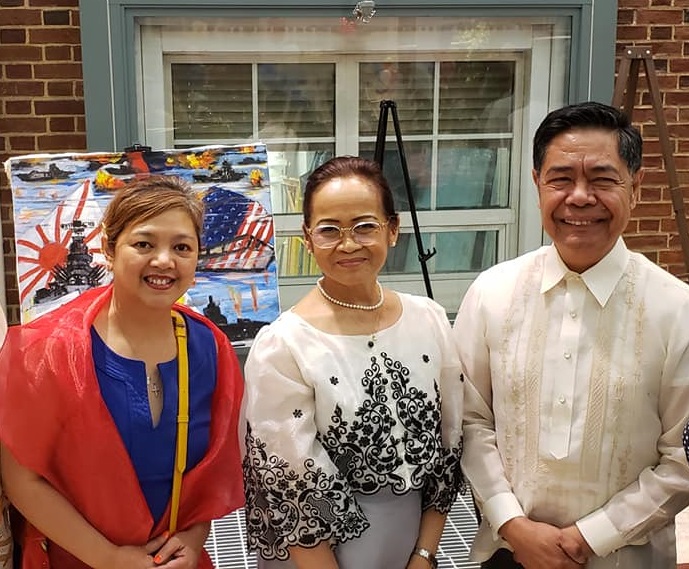
The Battle of Sibuyan Sea on October 23 and 24 in 1944 followed the landing of Gen. Douglas MacArthur on October 20, 1944. He was fulfilling his vow to return to the country after he fled Corregidor in 1942. The fighting in Bataan ended shortly after, and the Death March followed where thousands of Filipino soldiers were killed and tortured.
The battle was part of the Leyte Gulf fighting between U.S. and Japanese naval forces. It began when American submarines attacked the Japanese central force under Vice-Admiral Takeo Kurita and sank two cruisers. The central force was made up of five battleships, including the twin giants Musashi and Yamato.
Alerted to the Japanese presence, U.S. Third Fleet carriers — which included the USS aircraft carrier Intrepid — launched wave after wave of dive and torpedo bombers when they attacked the Japanese vessels in the Sibuyan Sea near the province of Romblon.
Seventeen bomb and 19 torpedo hits struck one of Japan’s biggest battleships, the Musashi. On the evening of October 24, it rolled over and sank, taking with her 112 officers and 984 sailors of her crew of 2,247 men, according to an account of the battle by Eric Larrabee in his widely respected book “Commander in Chief, Franklin Delano Roosevelt, his Lieutenants, and their War.” The Battle of Leyte Gulf that lasted four days has resulted in casualties of about 16,000, mostly Japanese.
The Filipinos’s involvement was by way of providing intelligence to the Americans.
According to a so-called “Koga Document” – which contains the Z Plan — two Filipino fishermen in Carcar, Cebu found papers scattered at sea. It contained the Japanese plan of defense against the U.S. offensive in the Pacific.
“That night the two Filipinos retrieved and inspected the box. Inside the portfolio they saw a half dozen packets of wet papers, some quite thick. They laid the documents on the split-bamboo floor to dry. They kept a pouch containing small nuggets of gold as the spoils of war. The next day, April 4 (1944), they took the documents to another house, where the documents were allowed to dry another day. That evening they put the documents back into the box and buried it,” according to the National Archives government publication.
Andrada noted, “It’s just so sad that this part of history, the Filipino perspective, was never shared with us. Is it because most published history books are written by Americans?”
A history enthusiast who grew up in Baguio City, it is her desire to research and share episodes in history that have been overlooked, or neglected. Andrada is also a registered nurse.
“It was like a jigsaw puzzle. This is really worth something for us Filipinos,” she said.

“The Battle of Leyte Gulf is a ‘simplified’ version of the Philippines’ real role in history. It’s only the victory of Americans that we’re commemorating which is not really right,” she said further.
Every year Andrada commemorates the Battle of Sibuyan Sea through lectures and social media postings.
“When I went to the WWII Memorial in D.C. for the first time, I saw it written Leyte, Samar and all but walang Sibuyan Sea. I felt Sibuyan Sea should be given importance,” she said.
Andrada knew early on to make this her “big mission.”
Some in the community are skeptical.
“Some people thought it was time-consuming and non-productive,” she lamented. “They did not discourage me but they didn’t quite understand why I have so much passion.”
The eldest of five siblings, Andrada is the daughter of the late Col. Demetrio Andrada and Norma Paunan, a retired schoolteacher.
“I grew up in PMA (Philippine Military Academy). My father is a military man, my brother is a lieutenant colonel in the Armed Forces of the Philippines, and my mentality is military. We were shaped in that discipline.”
Little did she know that coming to the United States and living in New York City would ignite an even greater passion about her research.
“I feel this is a new level na because the Intrepid is here,” she said, “I didn’t even know that the Intrepid is now berthed by the Hudson River with a museum.”
“Once there is a passion and there is something that you discover again di mo pwede talikuran until it becomes officially recognized and preserved in history.”
This year marks the 75th anniversary of the Battle of Sibuyan Sea. Among the activities lined up are: ‘Istorya’ DC 2019 Symposium: Observing the 75th Anniversary of Gen. Douglas MacArthur’s landing in Leyte through the eyes of the Filipino on October 22 to be hosted by the Philippine Embassy; and Battle of Leyte Gulf wreath laying at WWII Memorial by Friends of WWII on October 23; Film showing, commemoration and floral offering at the Philippine Consulate on October 24 with guest speaker retired Consul General Sonny Busa, a West Point graduate and visiting PMA lecturer.
There will be a tour of the Intrepid followed by an after-party and an art exhibit of wounded warriors featuring the paintings of artists Art Zamora and Dorothy Krakauer.
A mother of three daughters, Andrada is an active community leader involved in numerous organizations, such as the National Federation of Filipino American Associations or NaFFAA New York chapter. She loves to paint and would like to immortalize the BOSS “to give honor and glory to the only BOSS, our Creator.”


© The FilAm 2019

